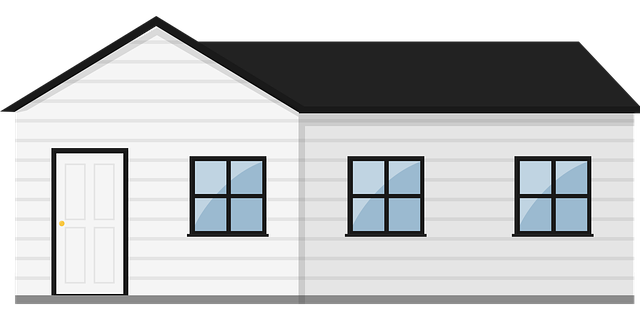
When it comes to purchasing a home, most buyers focus on layout, location, and curb appeal. But for those trained in the fine art of inspecting properties, the evaluation goes several layers deeper. A home inspector’s approach is methodical, critical, and founded on experience—targeting issues that others might overlook.
1. The Bones of the House Matter Most
While finishes and upgrades may dazzle the average buyer, a seasoned inspector looks beneath the surface. Structural integrity is the foundation—literally and figuratively—of a sound investment. Cracks in the foundation, uneven flooring, or signs of settling raise immediate flags. The roof structure, support beams, and framing are closely scrutinized. Cosmetic flaws are minor; structural problems are deal-breakers.
2. The Age and Condition of Major Systems
An inspector will immediately evaluate the age and functionality of the HVAC system, water heater, plumbing, and electrical panels. These are high-cost items to replace, and their condition can significantly affect both safety and future maintenance budgets. Proper installation, regular service history, and compliance with current standards are all part of the analysis.
3. Evidence of Water Intrusion
Moisture is a silent destroyer. From the attic to the basement, signs of leaks, poor drainage, or past water damage are examined closely. Stains on ceilings, mold growth, warped materials, or musty odors all point to potential issues. Special attention is paid to grading, gutters, and downspouts to assess whether water is being effectively directed away from the foundation.
4. Electrical and Fire Safety
Safety is paramount. Inspectors often check for overloaded circuits, outdated wiring, insufficient smoke detectors, or missing GFCI outlets in wet areas. These concerns may not be obvious, but they’re crucial for protecting both property and occupants.
5. Signs of Deferred Maintenance
A home that shows signs of neglect—peeling paint, clogged gutters, worn roofing, or overgrown landscaping—might indicate broader issues. Inspectors view these as potential red flags, suggesting the current owner may have overlooked more critical maintenance tasks as well.
6. Proper Ventilation and Insulation
Temperature control, air quality, and energy efficiency rely heavily on proper ventilation and insulation. Inspectors check attics, crawl spaces, and ventilation fans to ensure the home can breathe and retain comfort across seasons.
Conclusion
The trained eye of a home inspector doesn’t get distracted by fresh paint or new countertops. Instead, the focus is on what truly determines the long-term safety, functionality, and value of a home. While no property is perfect, making an informed purchase starts with knowing what to look for—and what to question.


